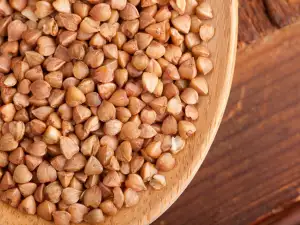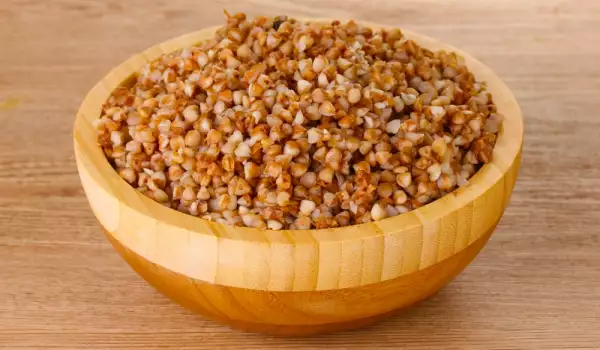Compared with other wheats and potatoes, buckwheat is rich in content of carbohydrates. Therefore, it is considered suitable food for diabetics and overweight people.
Grains of buckwheat, which is particularly popular in Russia, contain 16% easily digestible protein.
These include the essential amino acids arginine and lysine, 30% carbohydrate, 3% fat, fiber, malic, citric and oxalic acid.

Buckwheat is a product rich in vitamins C, B1, B2, PP (rutin), P, E and minerals - iron, calcium, magnesium, potassium, phosphorus, copper, zinc, boron, iodine, nickel, and cobalt.
Buckwheat is extremely effective in people with obesity who want to be rid of their excess weight, which is why it is often called the queen of weight loss. In fact, it is wrong to say that buckwheat is a wheat, because it has nothing to do with wheat, millet, etc., and is a separate species.
Besides being extremely tasty, buckwheat is one of the best diet products you simply must include in your diet.
The nutrients in buckwheat help to remove cholesterol from the blood, as well as the ions of heavy metals. It contains nutrients that reduce the permeability of the walls of blood vessels and their fragility.
Porridge with buckwheat is recommended for people who suffer from cardiovascular and liver diseases. This is a suitable food for those who suffer from varicose veins and hemorrhoids.
This herbal product is recommended for rheumatism and arthritis, as well as against atherosclerosis, hypertension, hypothyroidism and improves blood circulation, the immune system and the condition of your eyesight.
Buckwheat can even be used as a partial substitute for meat, because it is high in iron, which makes it especially suitable for anemic conditions. It is perfectly adequate to consume 2 tablespoons of buckwheat a day to improve the concentration of hemoglobin in your blood.
It is necessary, however, to take buckwheat whose processing does not include browning in the oven. More useful is a pale yellow type of buckwheat flour.



















Comments